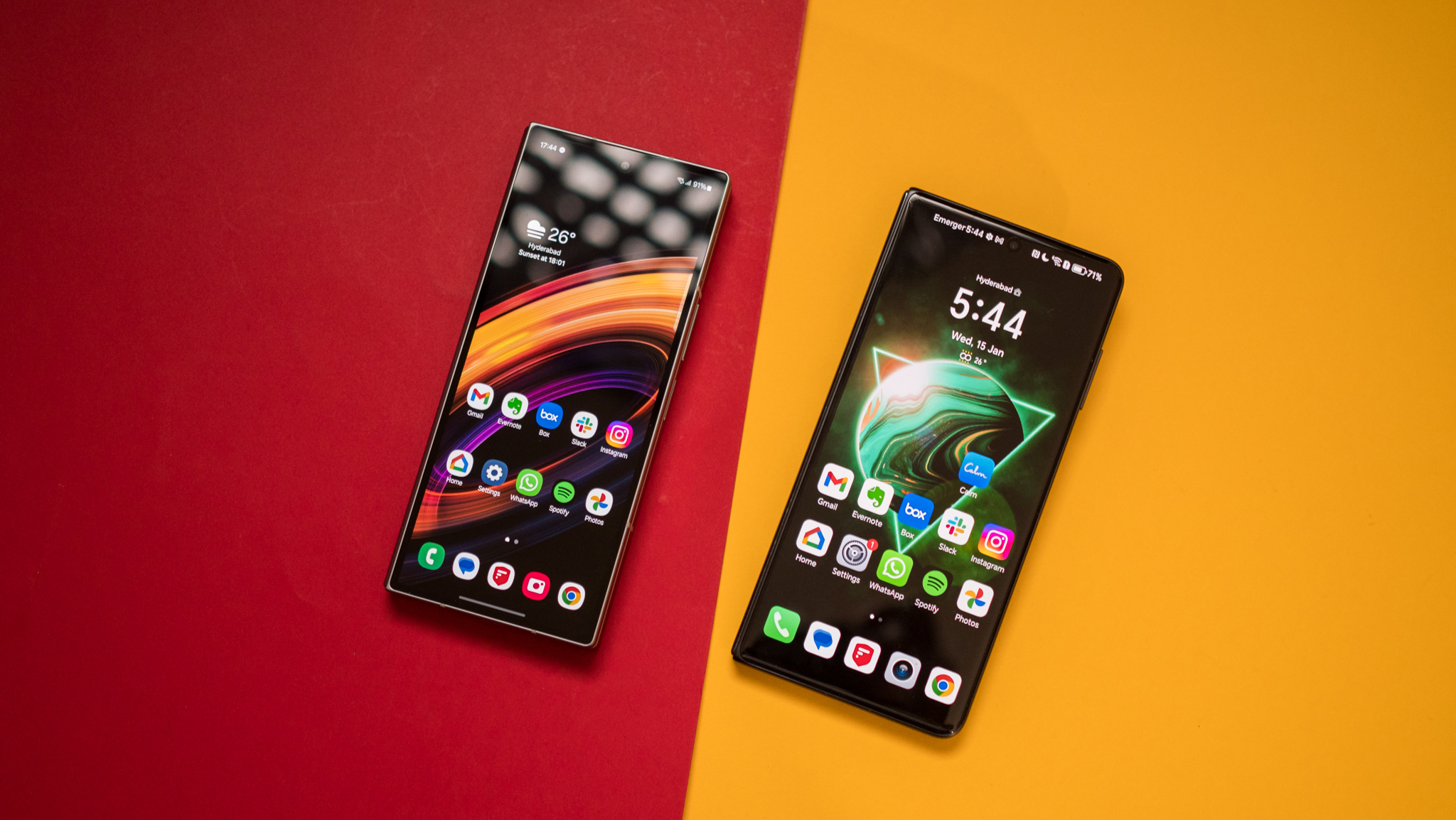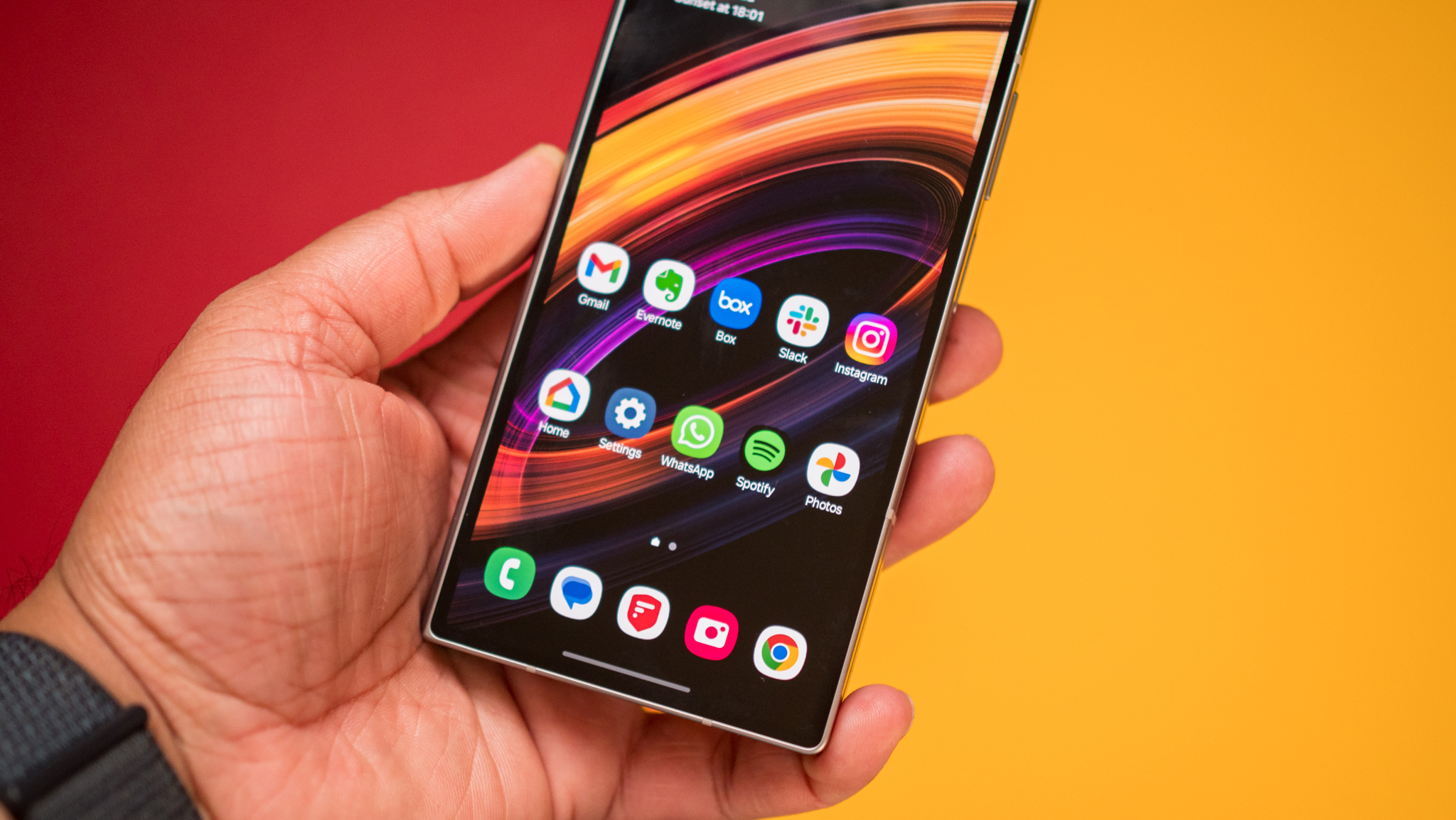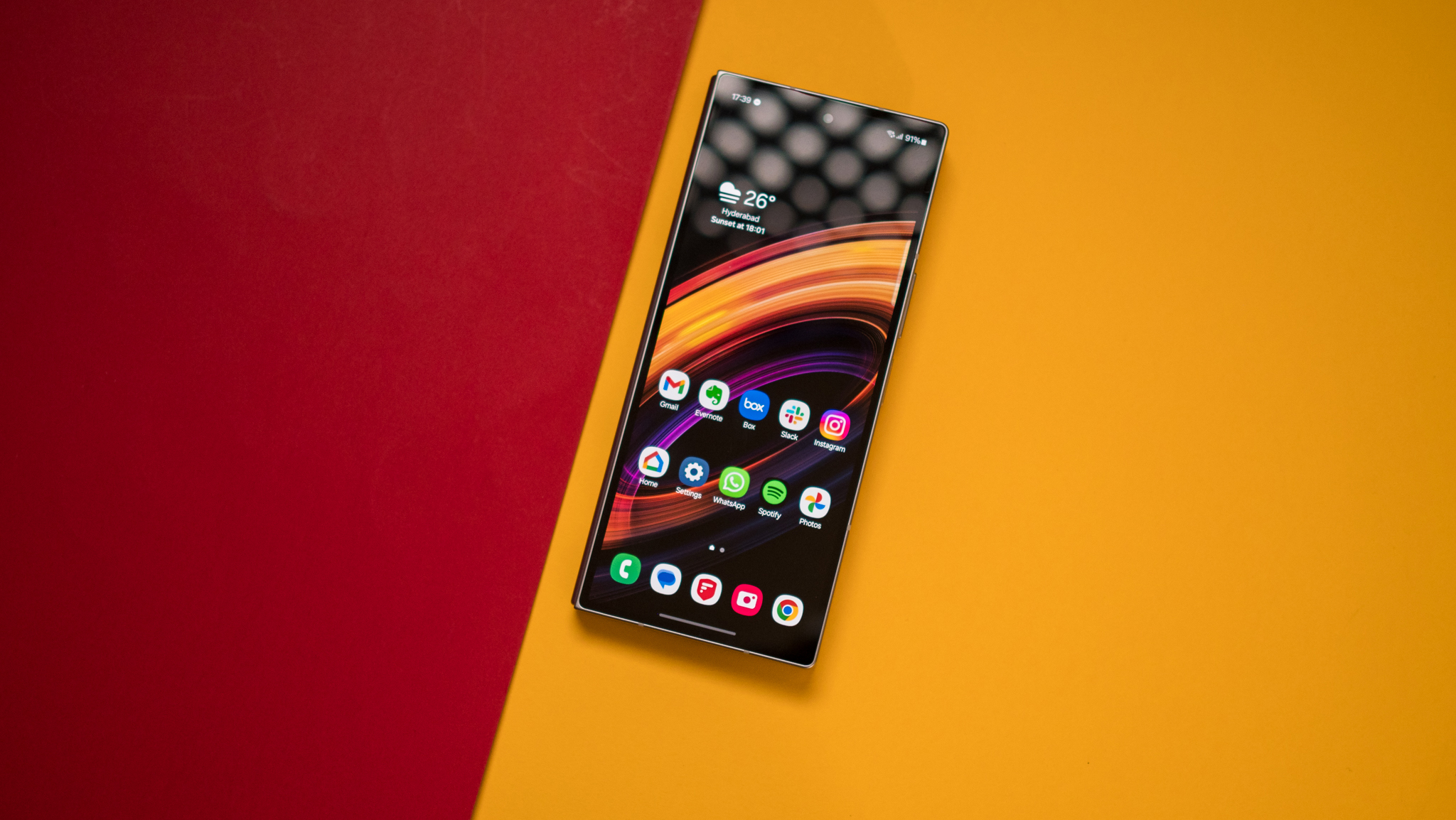I didn’t pay much attention to the Galaxy Z Fold 6 when it launched; I just looked at the design and spec sheet, and dismissed it as yet another iterative update. I enjoyed using Samsung’s foldables in the past, and while the Galaxy Z Fold 3 and Z Fold 4 had plenty to offer, there’s a sense in the last two years that Samsung is just coasting in this area while other manufacturers roll out innovative designs and novel camera tech.

In Hardwired, AC Senior Editor Harish Jonnalagadda delves into all things hardware, including phones, audio products, storage servers, and networking gear.
By the time I actually got the Z Fold 6, I was too busy to use it — between the Honor Magic V3, Pixel 9 Pro XL, Vivo X200 Pro, and Find X8 Pro, it was quite the hectic launch season at the end of 2024. So it wasn’t until the holidays that I was able to switch to Samsung’s foldable and see how it measures up.
After two weeks of use, I find myself liking the foldable. I wasn’t keen on the boxy design, but it isn’t as much of a hindrance on a foldable, and the Z Fold 6 isn’t uncomfortable to hold. It is heavier and bulkier than the Magic V3, but it isn’t anywhere as unwieldy as the Z Fold 5. If anything, the design makes it easier to slot the device into a mobile gaming controller, and that is a definite plus point.
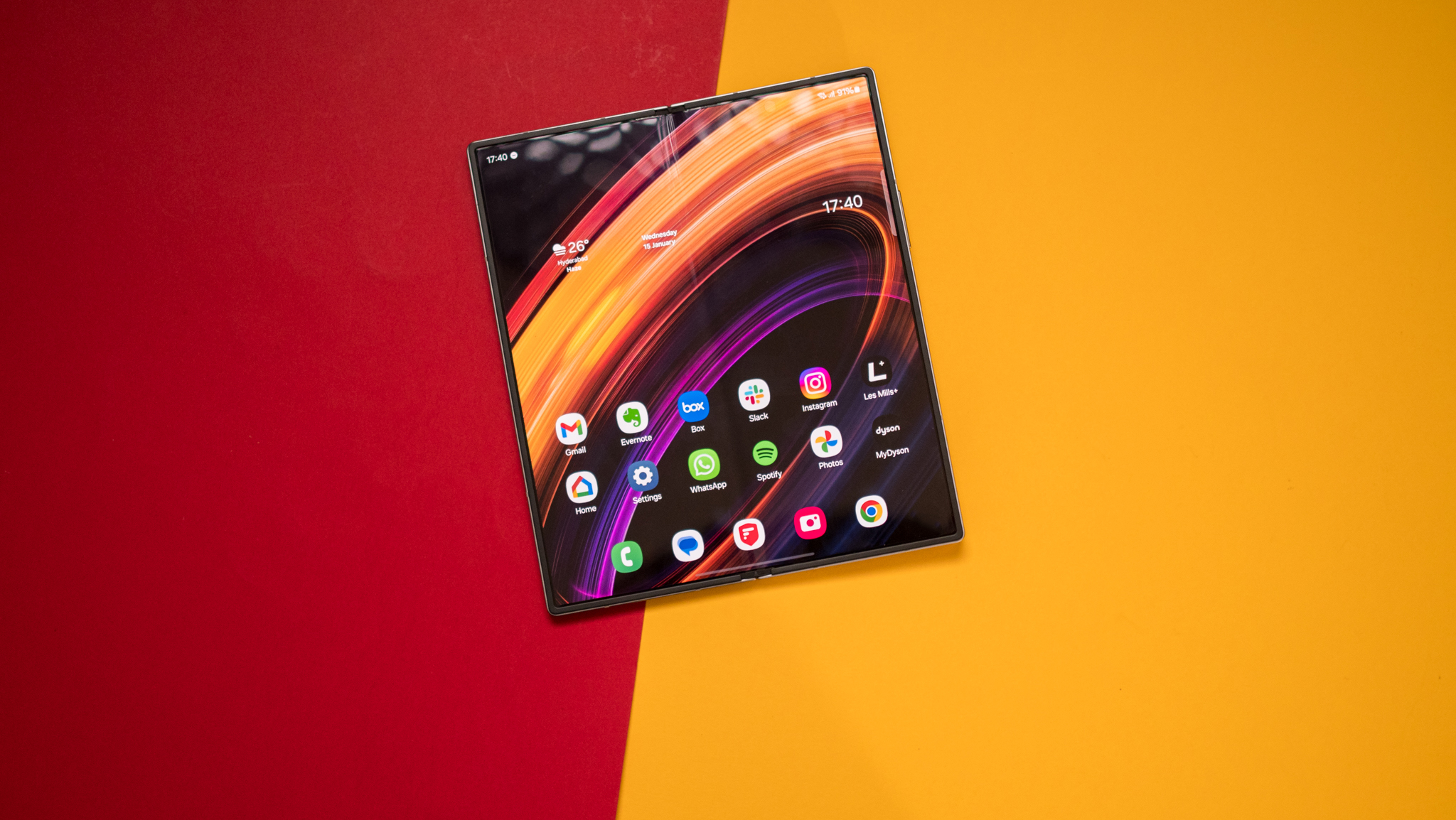
The inner 7.6-inch AMOLED panel is among the best on a foldable, and it’s well-suited to extended Balatro sessions (or any other game). I didn’t run into any issues with the hardware either, and although it tends to throttle earlier than regular phones, that’s the case with other foldables as well, so the Z Fold 6 isn’t an outlier in this regard.
The hinge is smoother this time around, and it has better articulation. The crease continues to be visible — more so than other devices I tested recently — but again, it is much better its predecessors. My biggest bugbear with the Z Fold 6 is that the outer screen still isn’t as wide as other devices; it’s definitely an improvement over the Fold 4, but the 6.3-inch panel is nowhere as usable as the Pixel 9 Pro Fold or the Magic V3.
Another annoyance is that the cameras aren’t as good as the X Fold3 or Magic V3, and you don’t get much in the way of versatility. The X Fold3 and even 2023’s OnePlus Open take much better photos in challenging conditions, and Samsung is clearly lagging behind in this area.
The redeeming factor is the software. Samsung continues to deliver useful software features on its foldables, and the Z Fold 6 does a great job with the basics. I’m not keen on Galaxy AI, but I’ll admit that Samsung has one of the strongest AI-assisted software suites around, and it is bested only by Pixels.
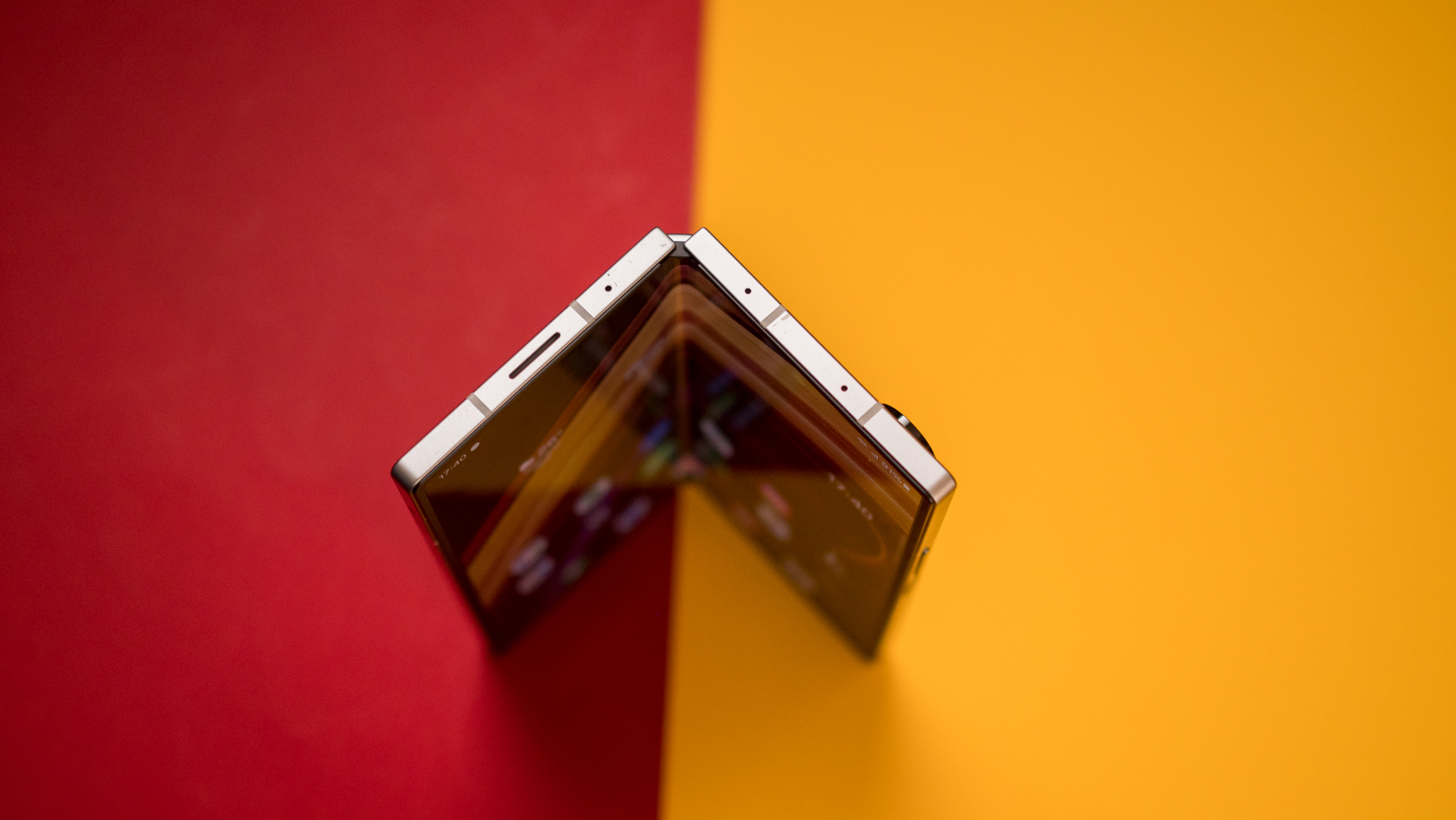
On the whole, I can see how the Z Fold 6 is an enticing option if you’re coming from an older foldable, or if you’ve used regular Samsung phones and are mulling a switch. Although there aren’t huge upgrades this time around, the litany of small tweaks make it a better overall device than the Z Fold 5.
That said, it’s far from the best foldable around, and Samsung needs to address issues with the cameras and cover screen. However, Samsung doesn’t have any meaningful competition in the U.S., and unless that changes, I don’t see the Korean manufacturer making any tangible improvements to its foldable — there’s just no incentive to do so.
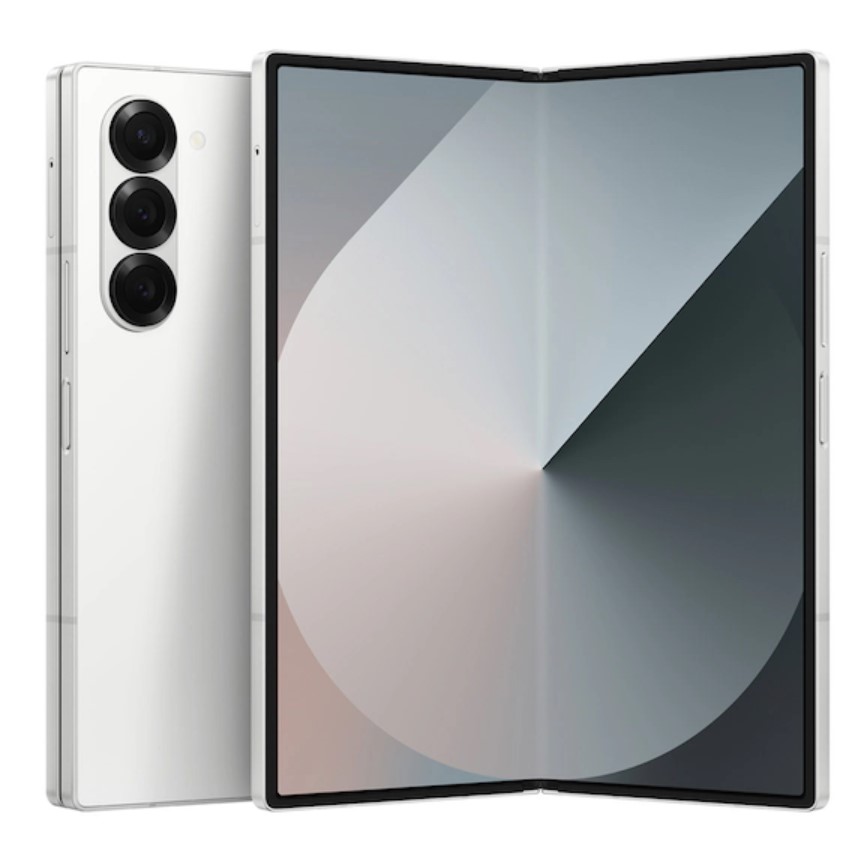
The Z Fold 6 is a good choice if you’re already using a Samsung phone, and while it may not have the best hardware, you get great software and a terrific inner panel.

